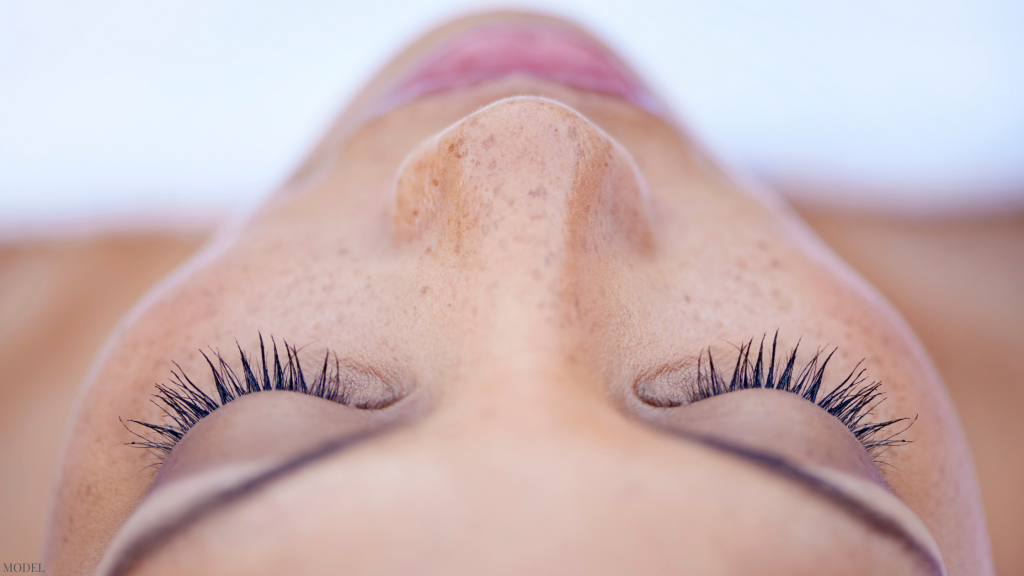Thinking about a rhinoplasty (or “nose job”) at my Albany County, NY, plastic surgery practice? You likely have quite a few questions about this transformative procedure. Rest assured that any question you may have, I’ve heard and answered before. That’s why in this blog, I’m answering a few FAQs I hear most often during the consultation process.
Read on to learn more about rhinoplasty costs, swelling, age limitations, and more.
Q: How Old Do You Have to Be to Get a Rhinoplasty?
A: It’s common for people to start considering a nose job as early as their teen years. You can have a rhinoplasty done as soon as your features are finished developing, which is typically between 15 and 18 years old. Altering the nose while your face is still developing may lead to disproportionate results in the long run.
Q: Will You Have to Break My Nose During a Rhinoplasty?
A: There’s a common misconception that rhinoplasty involves breaking the nose, but this is not necessarily true. In some cases, I may need to create a controlled break in the bone, called an osteotomy. This is a tiny break that allows me to reshape or reposition your nasal bones. Like the rest of your surgery, this takes place while you are comfortably under anesthesia, so you don’t feel a thing. An osteotomy may leave you with a little extra swelling and bruising during recovery, but this typically subsides within a couple of weeks.
Q: How Long Does Swelling Last After a Rhinoplasty?
A: Most swelling subsides within about 2 weeks, which is the time it takes for most people to go back to work or school and resume their usual routine. However, swelling may take between 6 months and a year to resolve completely and reveal your final result.
Q: What Are the Chances I’ll Need a Revision Rhinoplasty?
A: Revision rhinoplasties are not too common. One study found an average of 9.8% of rhinoplasty patients needed a revision. You can lower your chances of needing a revision by choosing a board-certified plastic surgeon with extensive experience in rhinoplasty.
As a plastic surgeon who frequently performs revision rhinoplasties myself, I’ve become very familiar with the pitfalls that typically lead to a revision. I have a trained eye for avoiding them during the initial surgery so you can enjoy your dream results the first time around.
Q: Are There Nonsurgical Alternatives to Rhinoplasty?
A: While there is no true nonsurgical replacement for rhinoplasty, you can achieve temporary improvements with injectable dermal fillers. The “liquid nose job” works well for disguising bumps, correcting asymmetry, filling in dips in the bridge, and more. Results are temporary and this approach isn’t right for everyone, but it’s an option worth discussing at your consultation.
Learn more about nonsurgical rhinoplasty in this blog post.
Q: How Much Does Rhinoplasty Cost?
A: The cost of a rhinoplasty ranges from $7,500 to $8,500 at my practice in Albany County. This price includes all anesthesia, facility, post-op care, and surgeon fees.
Q: Is Rhinoplasty Covered by Insurance?
A: Rhinoplasty is an elective cosmetic procedure and is not covered by insurance. In some cases, procedures that involve breathing corrections or address functional issues with the nose may be eligible for coverage. Check with your insurance provider to learn more about available coverage.
Curious what kinds of results you can achieve with a rhinoplasty? Check out my before-and-after photo gallery.
If you have additional questions I didn’t answer here, please request a consultation or call (518) 328-3330 to get in touch.


Leave a Reply